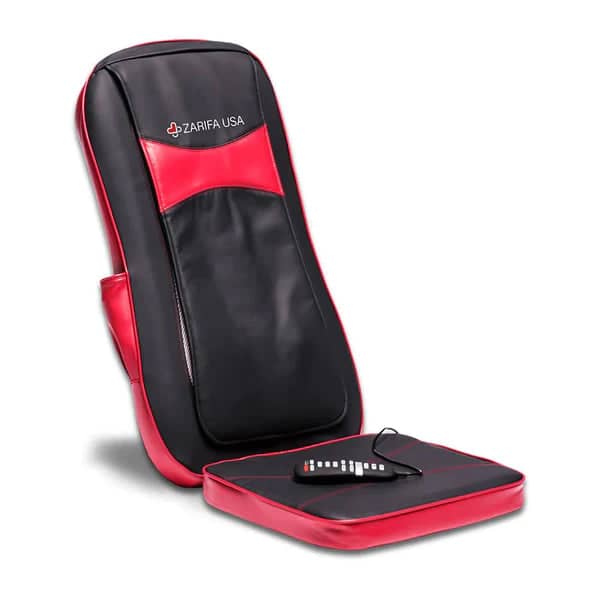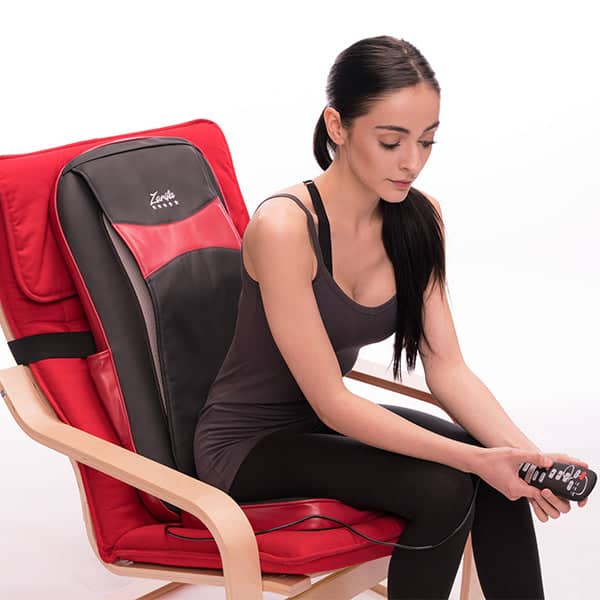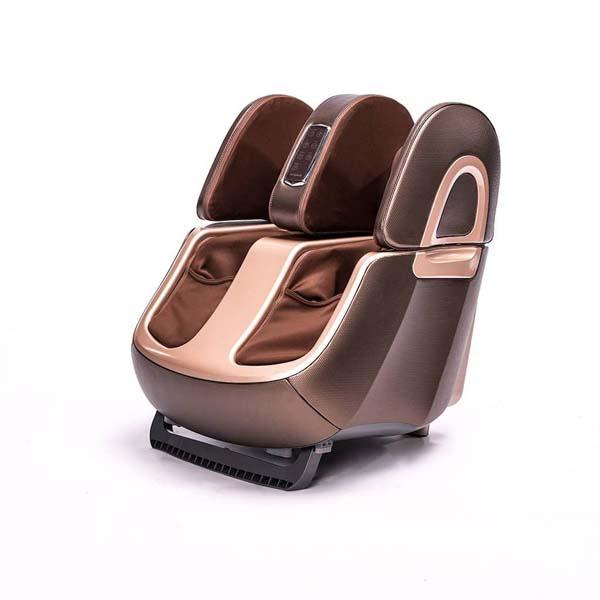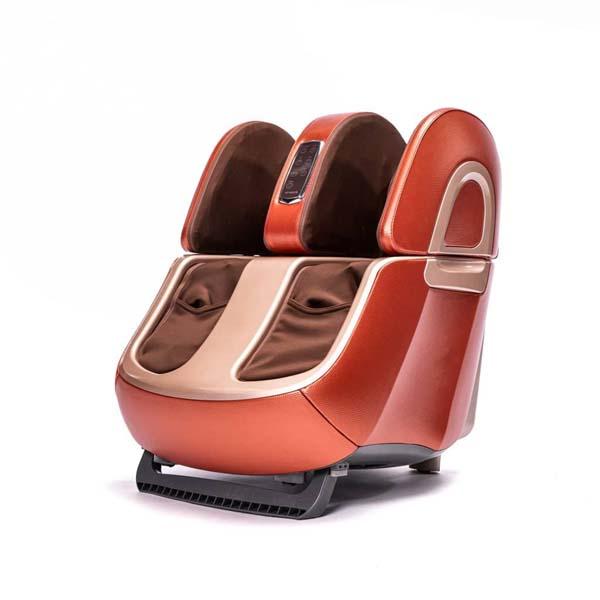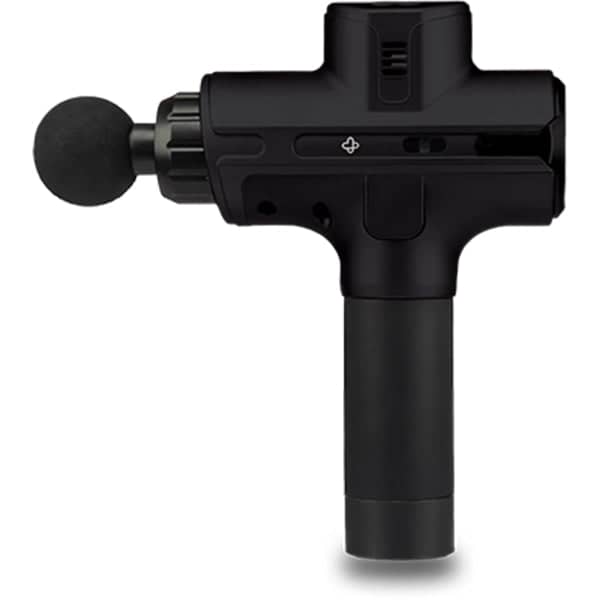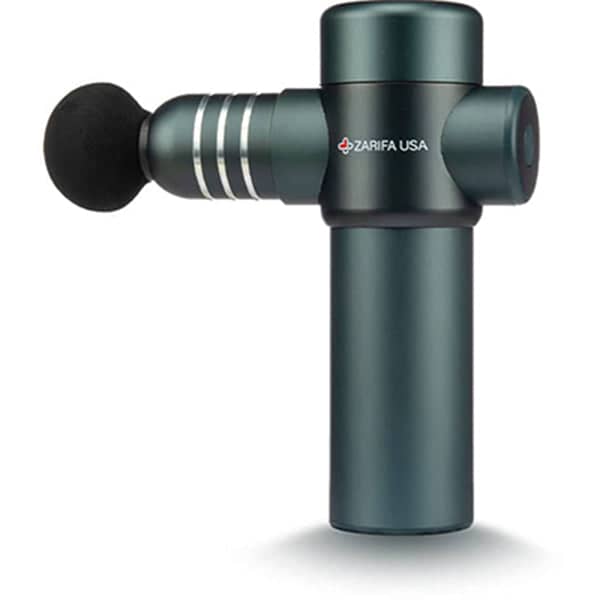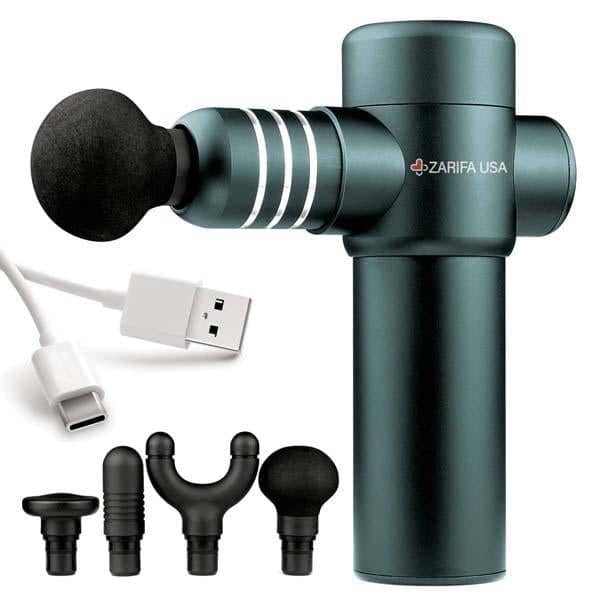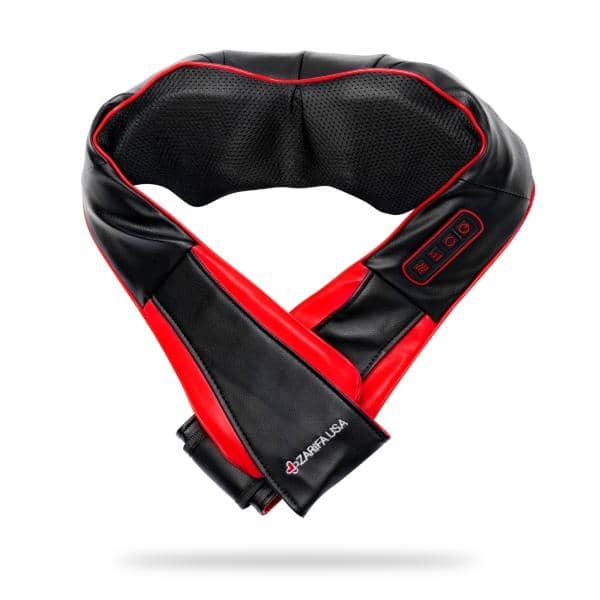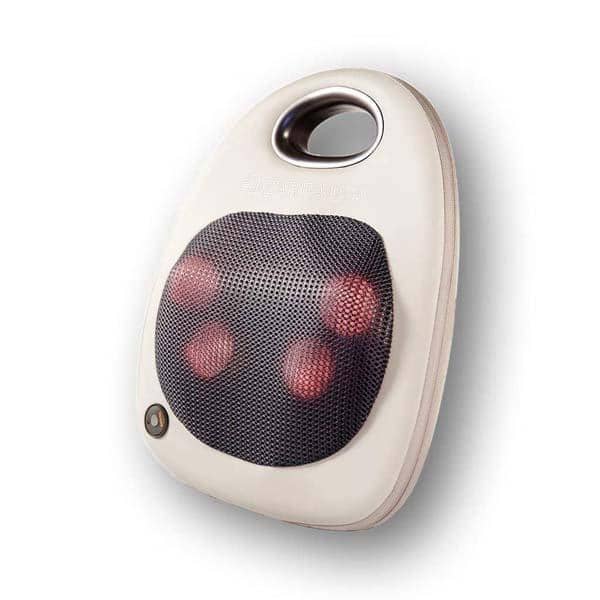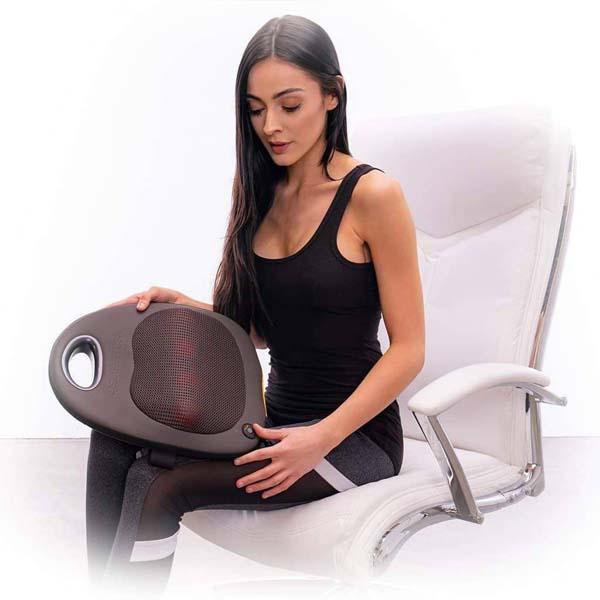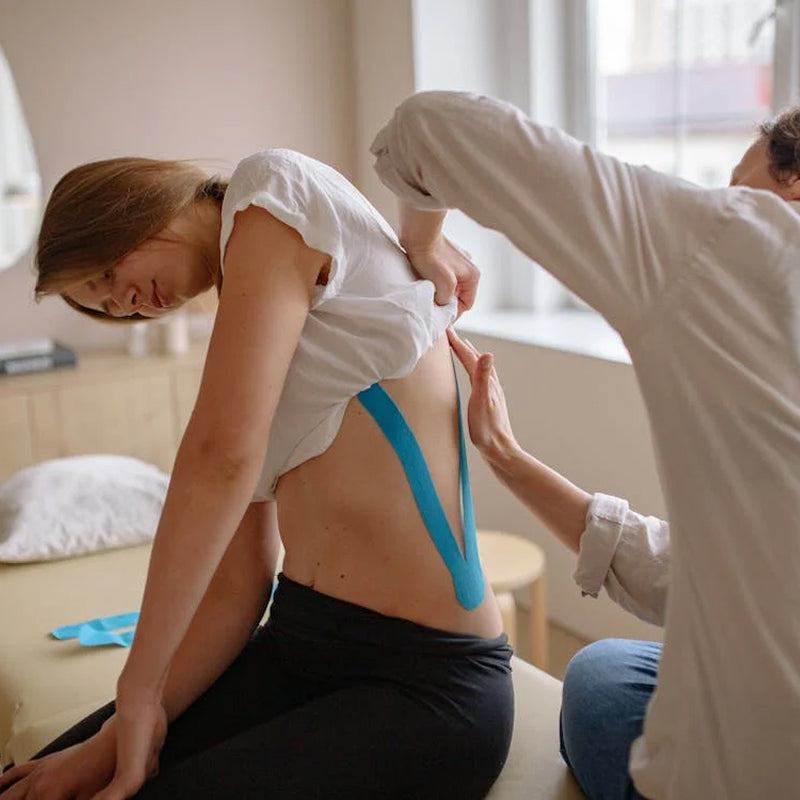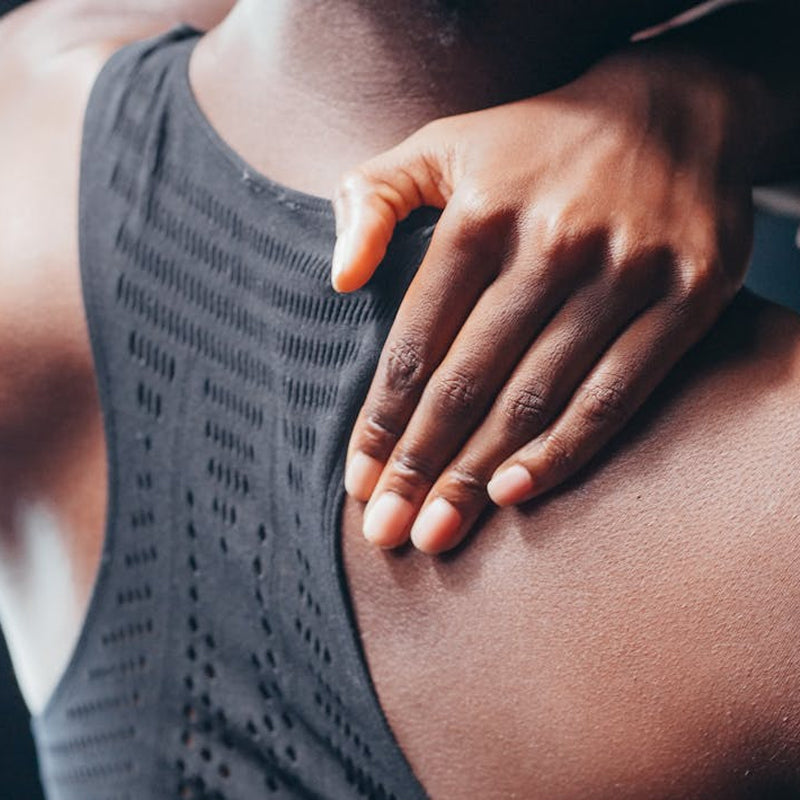Kneading massage, also known as petrissage, is a therapeutic technique focused on relieving muscle tension, pain, and stress. This type of massage involves rhythmic, deep pressure to manipulate muscles, helping to stretch and relax them. In this guide, you’ll discover the techniques behind kneading massage, its health benefits, and how you can practice it yourself.
Key Takeaways
-
Kneading massage, or petrissage, offers relief from pain and stress through rhythmic pressure and manipulation of muscles, making it versatile and customizable.
-
Both basic and advanced kneading techniques target muscle relaxation, pain relief, and flexibility, while enhancing blood circulation and overall mobility.
-
Incorporating kneading massage into wellness routines can significantly improve mental health by reducing stress and fostering relaxation, whether through professional sessions or self-kneading techniques.
Understanding Kneading Massage

Kneading massage, known in the massage therapy world as “petrissage,” is a technique designed to provide relief from pain, stress, and tension. The term ‘petrissage’ itself is derived from the French word for knead, reflecting its cultural origins and the fundamental action involved in this massage technique. It involves manipulating the muscles through rhythmic pressure, helping to stretch and relax muscle fibers.
One of the most popular massage therapies that employ kneading techniques is Swedish massage. This method uses a combination of kneading, effleurage, and other movements to relieve muscle tension and promote relaxation. What makes kneading massage particularly versatile is its adaptability; massage therapists often customize it by combining it with other methods to suit the unique needs of each client.
Before:
The benefits of this massage technique extend beyond physical relief. Kneading massage can increase endorphin levels, promoting relaxation, and reducing feelings of stress. Additionally, the gentle pressure applied during the massage helps to lower cortisol levels, further alleviating stress and contributing to an overall sense of well-being.
After:
The benefits of this massage technique extend beyond physical relief. Kneading massage can:
-
Increase endorphin levels, promoting relaxation
-
Reduce feelings of stress
-
Lower cortisol levels, further alleviating stress
-
Contribute to an overall sense of well-being
With its profound impact on both body and mind, kneading massage is a cornerstone of effective therapeutic massage.
Techniques of Kneading Massage
Kneading massage employs a variety of techniques, each designed to target different muscle groups and achieve specific therapeutic outcomes. From basic methods that gently stretch and relax muscle fibers to more advanced techniques that delve deeper into muscle tissues, the range of kneading practices is vast.
Understanding these techniques can help both massage therapists and clients find the perfect approach to relieve pain and promote relaxation.
Basic Kneading Techniques
Basic kneading techniques are foundational to effective massage therapy. Circular and upward motions are central to these techniques, used to stretch the muscle fibers and promote relaxation. Gently massaging the muscles with rhythmic pressure helps ease tension and prepares the body for deeper work.
The friction technique is another essential method in basic kneading. This involves short, brisk circular movements with more pressure, vital for relieving muscle tension and increasing blood flow to the targeted areas. This technique is particularly useful in addressing tight muscle groups and enhancing flexibility.
Petrissage, the core of kneading massage, involves kneading muscles using circular motions. This method helps in manipulating the underlying muscles and tissues, promoting relaxation and reducing tension. These basic techniques are vital in any massage session, providing the groundwork for more advanced methods.
Advanced Kneading Techniques
For those seeking deeper relief, advanced kneading techniques offer more intense and targeted pressure. Petrissage, when applied deeply, targets the muscle layers more effectively than basic methods, making it ideal for those experiencing chronic muscle tension. This technique requires skilled hands to navigate the deeper layers of muscle tissues, ensuring thorough relaxation and tension relief.
Another advanced technique involves the use of friction to mobilize fascia, the connective tissue surrounding muscles. This method is particularly beneficial for individuals with chronic pain, as it helps in breaking down scar tissue and improving muscle flexibility. The application of deep finger pressure and slow strokes can significantly reduce pain intensity and enhance overall mobility.
Combining these advanced techniques with other forms of massage, such as shiatsu massage, Thai, or hot stone massage, can amplify their effectiveness. By integrating different approaches, massage therapists can tailor the session to meet the specific needs of the client, ensuring a comprehensive therapeutic experience, as recognized by the American Massage Therapy Association.
Tools and Aids
While the hands of a skilled massage therapist are the primary tools in kneading massage, additional aids can enhance the experience and effectiveness. Massage tables provide the necessary support and comfort, allowing the therapist to apply the right amount of pressure without strain. These tables are designed to accommodate various parts of the body, ensuring a comprehensive massage session.
Massage oils are another essential tool in kneading massage. They reduce friction, allowing for smoother movements and more effective muscle manipulation. The use of oils also helps in moisturizing the skin and can be infused with essential oils to provide additional therapeutic benefits, such as relaxation and stress relief.
Health Benefits of Kneading Massage

The health benefits of kneading massage are extensive, impacting both physical and mental well-being. Applying pressure to both superficial and deep tissues, kneading massage aids in muscle relaxation and pain relief. This technique enhances blood circulation, which in turn improves tissue elasticity and muscular flexibility. The increased blood flow also promotes the healing process by stimulating cellular exchange and nutrient delivery to damaged tissues.
Kneading massage is particularly effective in targeting tight muscles and enhancing flexibility. The circular motion used in this technique lifts, rolls, and compresses soft tissues, making it easier to address areas of discomfort and improve overall mobility. This approach is beneficial for individuals suffering from muscle stiffness, joint pain, or sports injuries, as it helps to ease muscle tension and promote quicker recovery.
Beyond physical benefits, kneading massage also has a profound impact on the nervous system. Reducing stress and anxiety through this technique improves mental well-being and fosters a sense of relaxation and peace. The holistic benefits of kneading massage make it a valuable practice for those looking to enhance their health and wellness.
Mental Health Benefits
Kneading massage offers significant mental health benefits, making it a powerful tool for stress reduction and relaxation. By triggering the release of natural pain relief hormones, such as endorphins, kneading massage can help reduce stress levels and improve overall mental well-being. This hormonal release contributes to a sense of calm and relaxation, helping individuals cope with the pressures of daily life.
Self-massage techniques can also be effective in reducing stress and promoting mental health. Incorporating kneading movements into a regular self-care routine allows individuals to enjoy the calming effects of massage therapy without a professional session. This approach empowers people to take control of their mental health and enjoy the benefits of massage therapy in the comfort of their own homes.
Self-Kneading Techniques

Self-kneading techniques are a convenient way to experience the benefits of kneading massage without needing a professional therapist. These techniques involve using your knuckles and thumbs to knead the muscles, helping reduce tension and promote relaxation. Mastering a few simple movements can help address common areas of tension, such as the neck, shoulders, and legs.
Start with gentle pressure, gradually increasing as your muscles warm up. Common techniques include rubbing, kneading, tapping, and rolling, using circular motions with your palms and fingertips to target specific muscles. These movements help to warm up the muscles, increase blood flow, and reduce discomfort through trigger point massage.
Listening to your body’s response during self-kneading and adjusting the pressure accordingly is crucial. Begin with light pressure to avoid discomfort, and be gentle throughout the process. With regular practice, self-kneading can become a valuable part of your self-care routine, providing relief from tension and promoting overall well-being.
Final Thoughts on Kneading Massage
Kneading massage is a powerful tool in the world of massage therapy, offering numerous benefits that extend beyond physical relief. This technique promotes relaxation and enhances overall health by reducing stress, improving circulation, and alleviating pain. The versatility of kneading massage allows for customization, making it suitable for a wide range of needs and preferences.
Considering the numerous health benefits, individuals are encouraged to incorporate kneading massage into their regular wellness routine. Whether performed by a skilled massage therapist or through self-kneading techniques, the positive impact on both body and mind is undeniable.
Embrace the therapeutic power of kneading massage and experience the profound benefits of deep tissue massage it has to offer.
Summary
In summary, kneading massage is a versatile and effective technique that offers a wide range of benefits. From basic and advanced techniques to the use of tools and aids, this guide has explored the various aspects of kneading massage. The health benefits, both physical and mental, highlight the importance of incorporating this practice into one’s wellness routine.
By understanding and utilizing the techniques discussed, individuals can experience the profound effects of kneading massage. Whether seeking relief from muscle tension, stress reduction, or enhanced flexibility, kneading massage is a valuable tool for improving overall health and well-being. Embrace the power of kneading massage and enjoy the journey to a healthier, more relaxed you.
Frequently Asked Questions
What is kneading massage?
Kneading massage, also known as petrissage, is a technique where therapists apply rhythmic pressure to your muscles to help relieve pain, stress, and tension. It's a great way to unwind and feel more relaxed!
What are the basic kneading techniques?
Basic kneading techniques involve using circular and upward motions, applying friction, and utilizing petrissage, all aimed at stretching and relaxing muscle fibers effectively. These methods can really enhance your massage experience!
How can kneading massage improve mental health?
Kneading massage can greatly improve your mental health by reducing stress and anxiety through the release of natural pain relief hormones. This can lead to a greater sense of overall well-being.
Can I perform kneading massage on myself?
Absolutely, you can perform kneading massage on yourself using your knuckles and thumbs to alleviate tension and enhance relaxation. It’s a simple way to take care of your muscles and unwind!
What tools are used in kneading massage?
For a great kneading massage, you'll need a massage table and some oils to keep everything comfortable and effective. These tools really make a difference in your experience!


